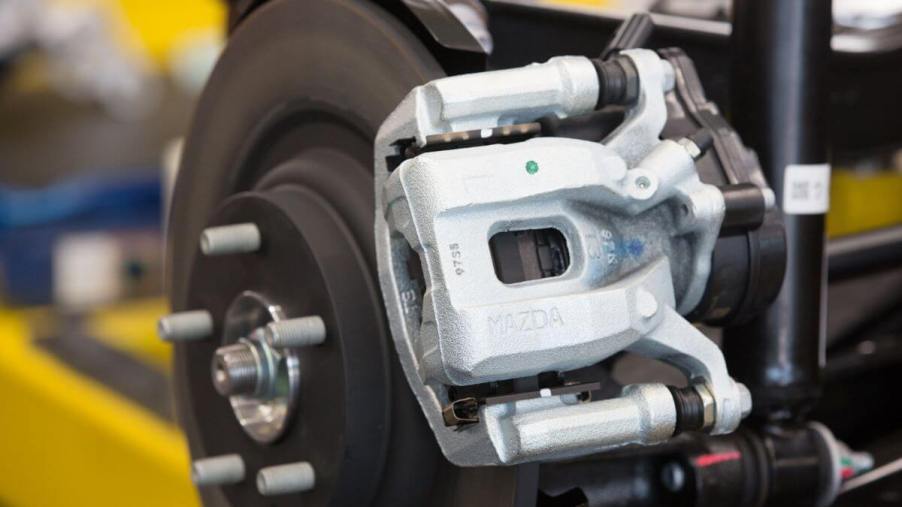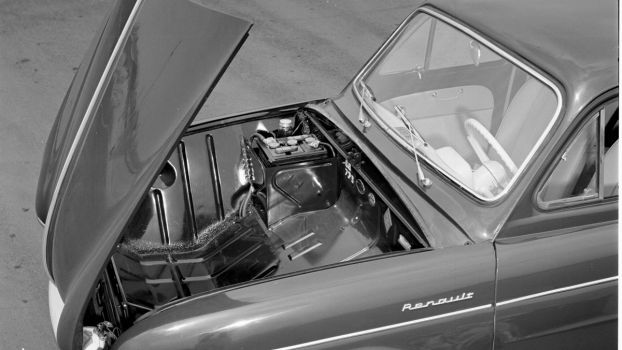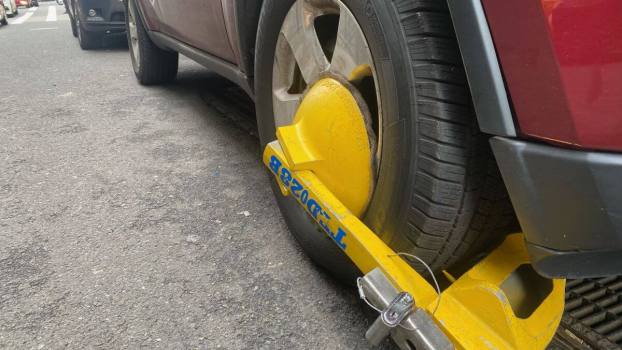
What Is a Sliding Brake Caliper?
Brake calipers are a fundamental part of a vehicle’s braking system. They are a vital component in the disc brake systems found on most modern cars, contributing significantly to stopping your vehicle safely and efficiently. When it comes to brake calipers, most drivers and automotive enthusiasts might have come across terms like fixed and floating calipers. However, the term sliding caliper is also less talked about but equally important in maintenance.
The braking system’s essential component
Brake calipers serve an integral function in disc brake systems. Their primary role is creating friction with the brake rotors — the round discs you might see when looking through your vehicle’s wheels. This friction, in turn, slows down and ultimately stops your car.
When you press the brake pedal, brake fluid is pushed from the master cylinder toward the brake calipers. This causes the calipers to press the brake pads against the rotors, slowing the car down. The tighter the pads press against the rotors, the more the vehicle slows down. Brake calipers are thus a critical link between the mechanical action of your foot pressing the brake pedal and your vehicle stopping.
What is a sliding brake caliper?
According to Brake Parts Inc., sliding brake calipers, often known as floating calipers, are a type of brake caliper used in many modern vehicles. They differ slightly in design and operation from the more complex fixed calipers.
In a sliding or floating caliper design, the caliper body can move or “slide” laterally on the guide pins or ‘slides.’ This movement allows the entire caliper to shift position as necessary when the brakes are applied. A sliding caliper has only one or two pistons on one side of the rotor. When you apply the brakes, the piston pushes the brake pad against the rotor’s inside surface. The caliper then slides along the pins and brings the outside pad into contact with the rotor’s outer surface, generating friction on both sides and slowing the vehicle down.
Comparing floating calipers with fixed calipers
Fixed calipers don’t move (hence the name). They are firmly bolted to the steering knuckle or axle carrier. They usually feature two or more pistons arranged on both sides of the rotor. When the brake pedal is pressed, the pistons on both sides of the caliper push the brake pads against the rotor from both directions simultaneously. This design allows for more even pressure distribution and can provide better braking performance.
However, fixed calipers are generally more expensive and complex to maintain, according to Low Offset. They’re often found in high-performance and luxury vehicles.
On the other hand, floating calipers are cheaper and easier to maintain. Their design ensures they perform effectively for most standard driving conditions, making them popular for many daily driver vehicles.
Get to know your braking system
Brake calipers are essential when it comes to your vehicle’s braking system. The type of brake caliper used, whether fixed or floating, can significantly impact braking performance. Fixed calipers tend to offer better and more balanced braking but come at a higher cost and complexity. Meanwhile, sliding calipers provide a more economical solution for everyday driving situations, proving that understanding the workings of your braking system can be exciting and beneficial.





